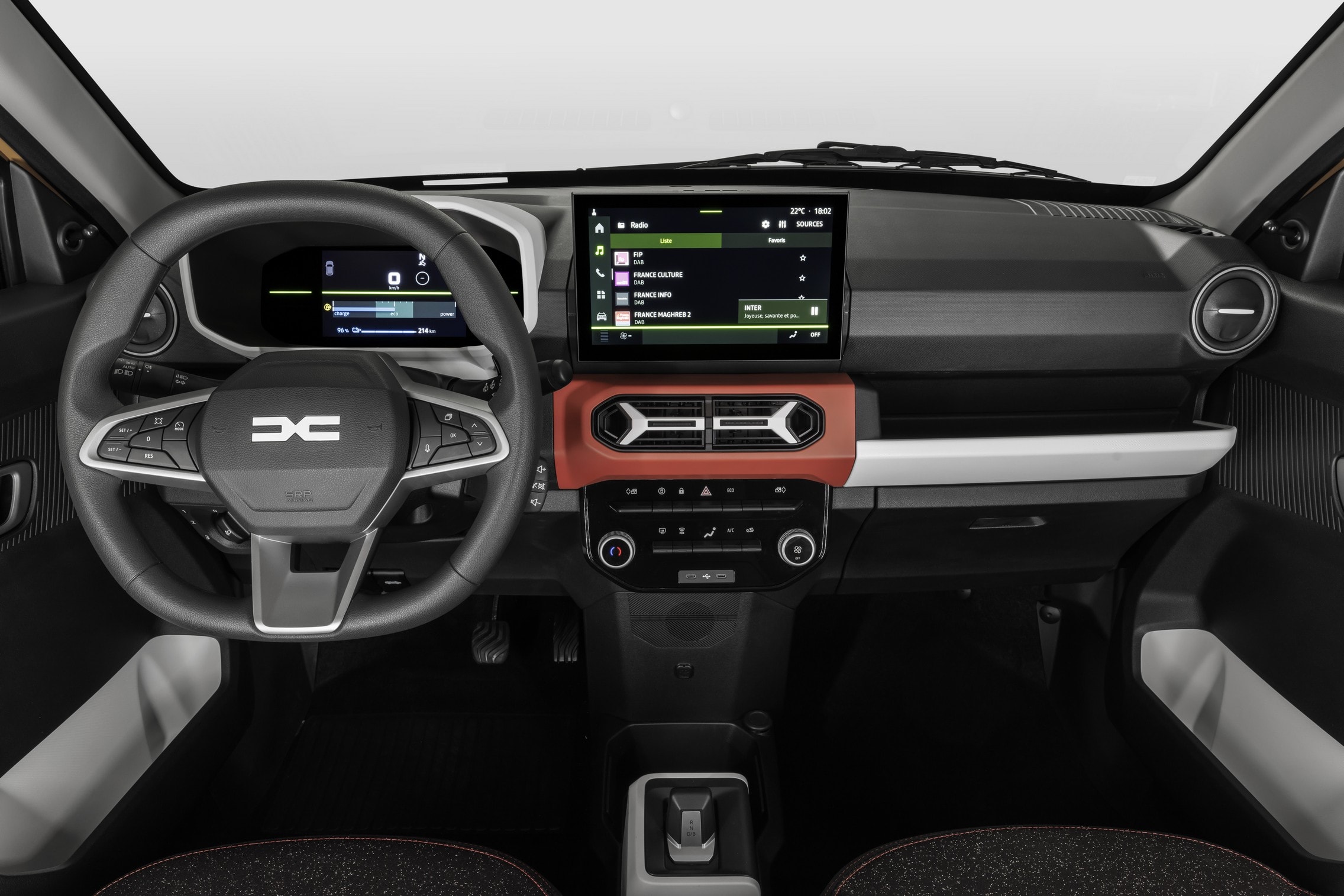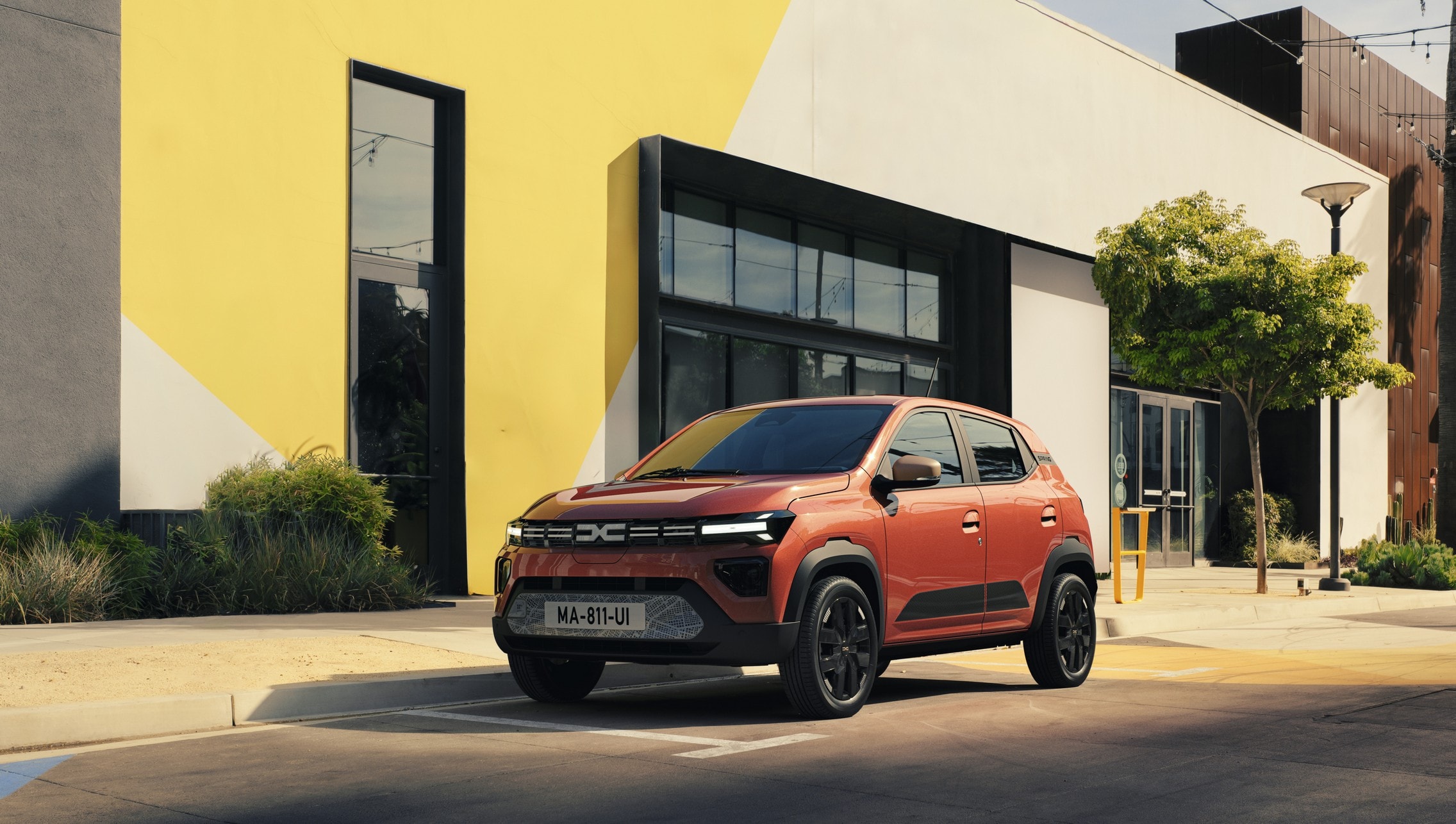Under French patronage, the Romanian automaker introduced the Spring, sourced from overseas. However, the little EV now unmistakably carries the Dacia badge, aligning its appearance with models like the Sandero, Logan, Jogger, and especially the third-generation Duster SUV.
Dacia, a Romanian marque under the Renault Group since 1999, has witnessed a remarkable ascent since its communist-era origins. Despite Renault’s recent delivery downturn, Dacia continues to surge in sales across Europe.
For instance, in January 2024, while Renault experienced a slight dip (-2.1%), Dacia saw a robust 7.7% rise compared to the previous year.

This success is no accident Dacia has revamped its corporate image, positioning itself as one of the most dynamic automakers in the region. With the launch of the third-generation Duster SUV and its enduringly popular Sandero series, Dacia maintains a strong foothold in the European market.
Furthermore, recent updates across the lineup, including the Sandero, Logan, Stepway, and Jogger, adhere to the new GSR II safety standards while integrating a host of new features. One notable transformation is the Dacia Spring all-electric city car. Initially resembling a rebranded Renault City K-ZE, it now undergoes its second facelift, receiving fresh exterior styling and interior enhancements.
With a more powerful 65-horsepower engine introduced last year, the Spring presents itself as a rugged crossover sibling to the Duster SUV, departing from its previous hatchback-like appearance. Inside, the cabin boasts a modernized dashboard, digital instrument cluster, central touchscreen, and enhanced ergonomics, signaling a departure from its dated design.
Dacia emphasizes the Spring’s enhanced convenience, spaciousness, and value proposition. Despite these improvements, it remains competitively priced and efficient, delivering a fuel economy of 14.6 kWh/100 km on the mixed WLTP cycle. With these updates, Dacia is poised to sustain its upward trajectory in European markets throughout the year.

